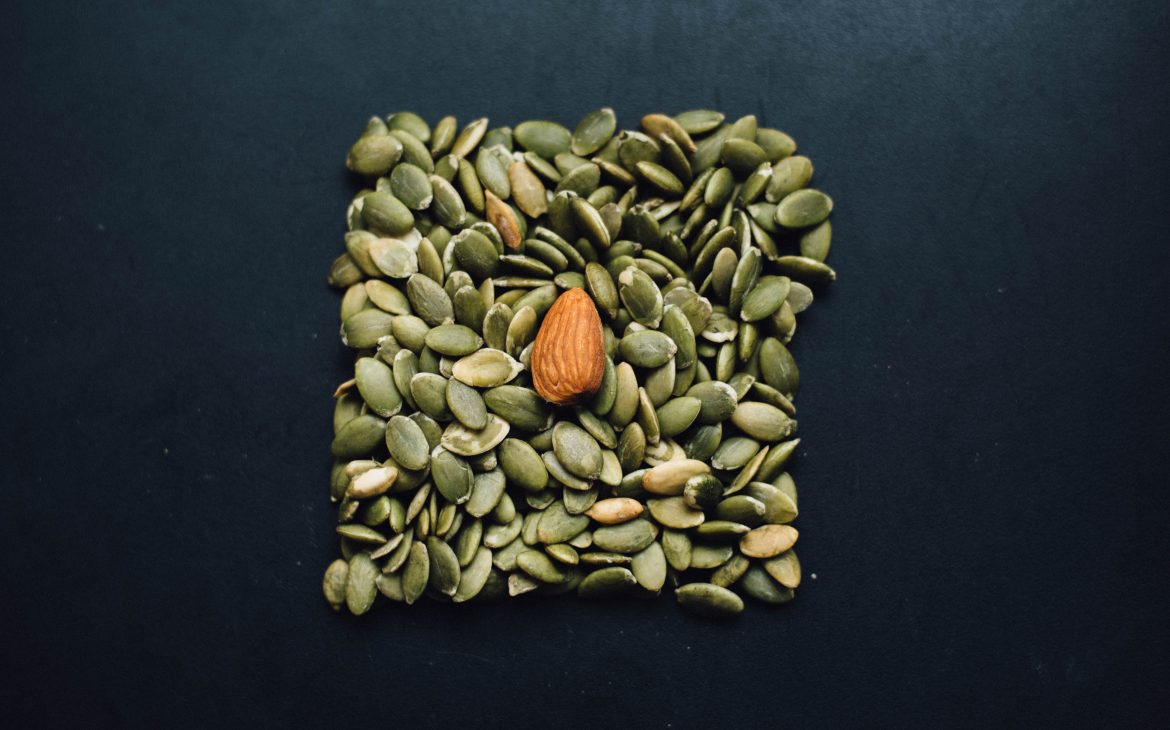These days dietary fat is not demonised like it used to be in the 80s. No, that vitriol is currently aimed at carbs, in particular sugars. Don’t worry, it’ll all change around again soon enough… In the meantime, we know that some fats are now classed as ‘good’ or ‘healthy’ fats. Indeed, some fats are even considered ‘essential’, in certain quarters. And some of the best of these fats are found in nuts and seeds. But what are these fats. Which nuts and seeds are best for your diet? And just how healthy are they?
Now, I’m going to say, right up front, that I don’t think that any particular type of food should be excluded from your ongoing diet. Particularly a whole macro (I’ll explain what I mean by ‘macro’ in a bit). If, on the other hand, like me, you’re actively dieting, then a different set of rules apply. During an active diet phase, I think it’s acceptable to exclude certain food items, because an active diet is, by definition, a temporary state of affair.
Your ongoing diet, which might be considered the ‘maintenance phase’ if you’ve been on a diet, or your eating ‘lifestyle’ or ‘habit’, is different. If you’re not actively dieting, there shouldn’t be any restrictions on what you choose to eat, except those dictated by personal taste. You will never find me, for example, choosing to eat asparagus. Yuck! The disclaimer, here, is that this ongoing diet should be balanced and healthy, lest you find yourself needing to actively diet at a later date.
So, under normal circumstances, while no food should be considered ‘off limits’, the calorific impact of all food should be taken into account, when deciding what to eat. And nuts and seeds are no exception. Eating nuts and seeds as a part of your ongoing diet is a very sensible idea. They are a good source of fat, which needs to feature in everyone’s diet, but how much in the way of nuts and seeds should you be eating? Are there better alternatives?
Stepping back, slightly, to the matter of macros. Firstly, though, I need to make clear that I’m not a Dietitian. I have exactly no qualifications in diet and nutrition, beyond the Food Hygiene Certificate. This does, of course, make me a Nutritionist; you’ve got to love those unprotected titles…
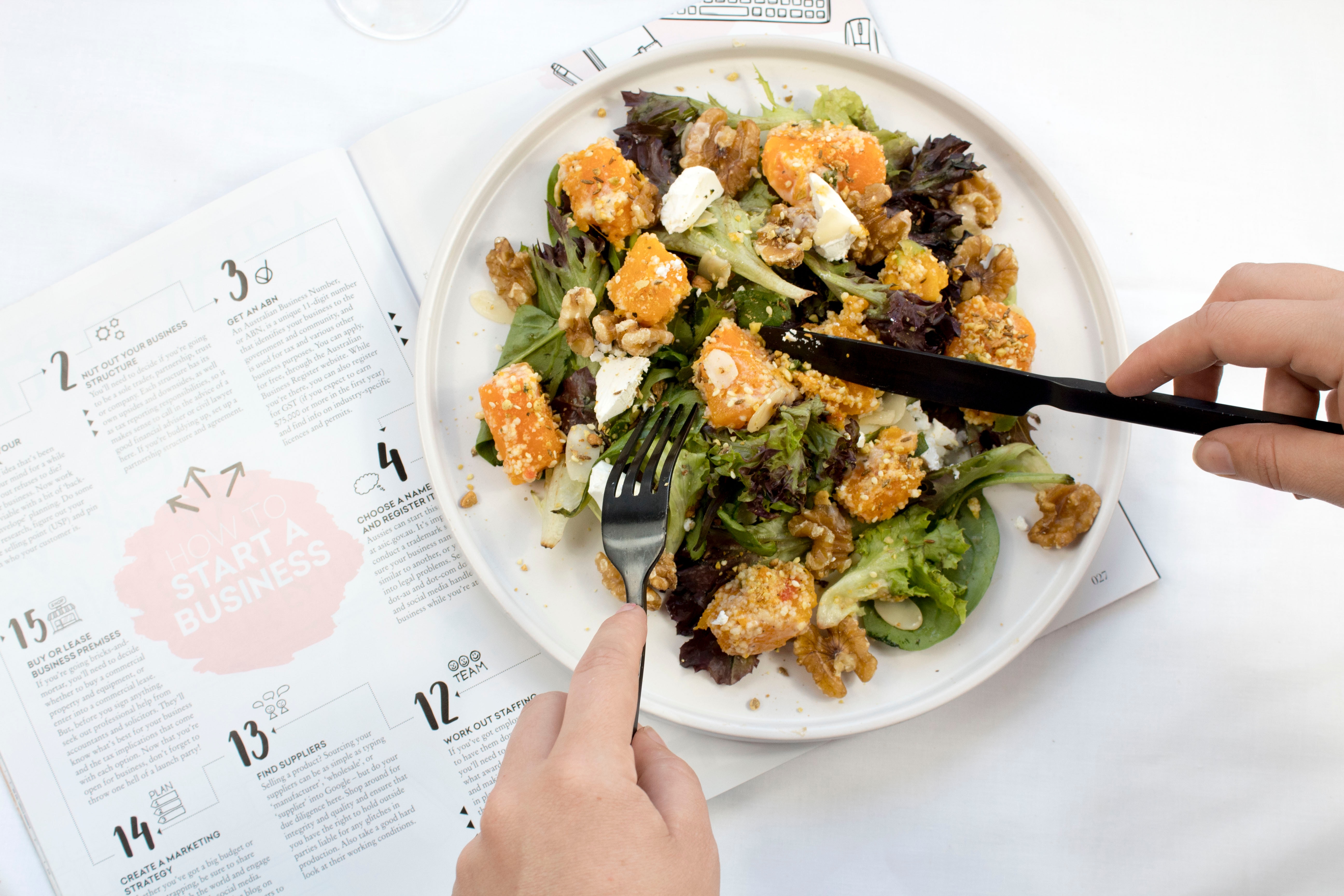
Photo by S O C I A L . C U T on Unsplash
Not that I’m claiming the title of nutritionist, I’m just making the point.
Anyway, macros…
‘Macros’ is short for macronutrients. There are many definitions of ‘macronutrients’ but I’m going to summarise it as: things you eat that provide energy in the form of calories. When I was a lad, these used to be called ‘food groups’ and there used to be five of them: fat, protein, sugar, starch and fibre. Since then, these food groups have been rolled into the three ‘macros’:
- Fat
- Protein
- Carbohydrates (carbs)
There are, incidentally, three (generally) recognised types of carbohydrates, as follows:
- Simple (sugars)
- Complex (starches)
- Fibre
Wow! But that sounds familiar…
Now, I understand that I’m going to drop into full-blown Grumpy Old Man mode here, but; why was it changed?!
At the moment you’ve got the fashion that all carbs are bad. And as ‘carbs’ now covers everything from bread to broccoli, from cake to carrots, you’ve got some very confused people out there. If the message was that all ‘sugars’ are bad, well… it’d still be wrong, as you can see here. But it’d be a bit more accurate. And much easier to apply and understand.
Right; deep breath… it is what it is. Time to move on….

Photo by Jared Rice on Unsplash
Much like carbs, there are a variety of different types of fat. And, much like carbs, some of these fats have been labelled ‘good’ and ‘bad’, etc. And just about the only thing that you’ll find on the ‘good’ lists of both fat and carbs is nuts and seeds. That’s right, nuts and seeds contain both good fats and good carbs, which means they should definitely form a part of your ongoing diet.
So, let’s take look at the fats:
Of these fats, only the monounsaturated and polyunsaturated varieties are considered to be good fats. The others, to greater or lesser extents, are all considered bad. I’m not going to get into the details of how and why fats are considered to be good or bad, that’s a discussion for another post.
The important detail to note here, is that nuts and seeds are good sources of both monounsaturated and polyunsaturated fats. This, obviously, makes nuts and seeds the best source of fat for your diet, be it active or ongoing, right?
Well, yes and no… and only if you’re careful and sensible.
I’ll look at nuts first. I’m ignoring peanuts because of their association with allergies. I should also point out that there is no consensus in the various lists of healthiest nuts. As such, I’ll just choose five that frequently appear on such lists, which also have some nice diversity (a couple of these ‘nuts’ aren’t even nuts…!):
- Almonds
- Cashews
- Hazelnuts
- Macadamia
- Walnuts
I’ll do likewise for seeds:
- Chia
- Flax
- Pumpkin
- Sesame
- Sunflower
All 10 of these nuts and seeds contain some combination of mono and polyunsaturated fats and are thought to be essential to any healthy diet. And, I don’t totally disagree, when it comes to an ongoing diet. But, in terms of an active diet, when you’re trying to lose weight, you have to tread very carefully with these nuts and seeds.
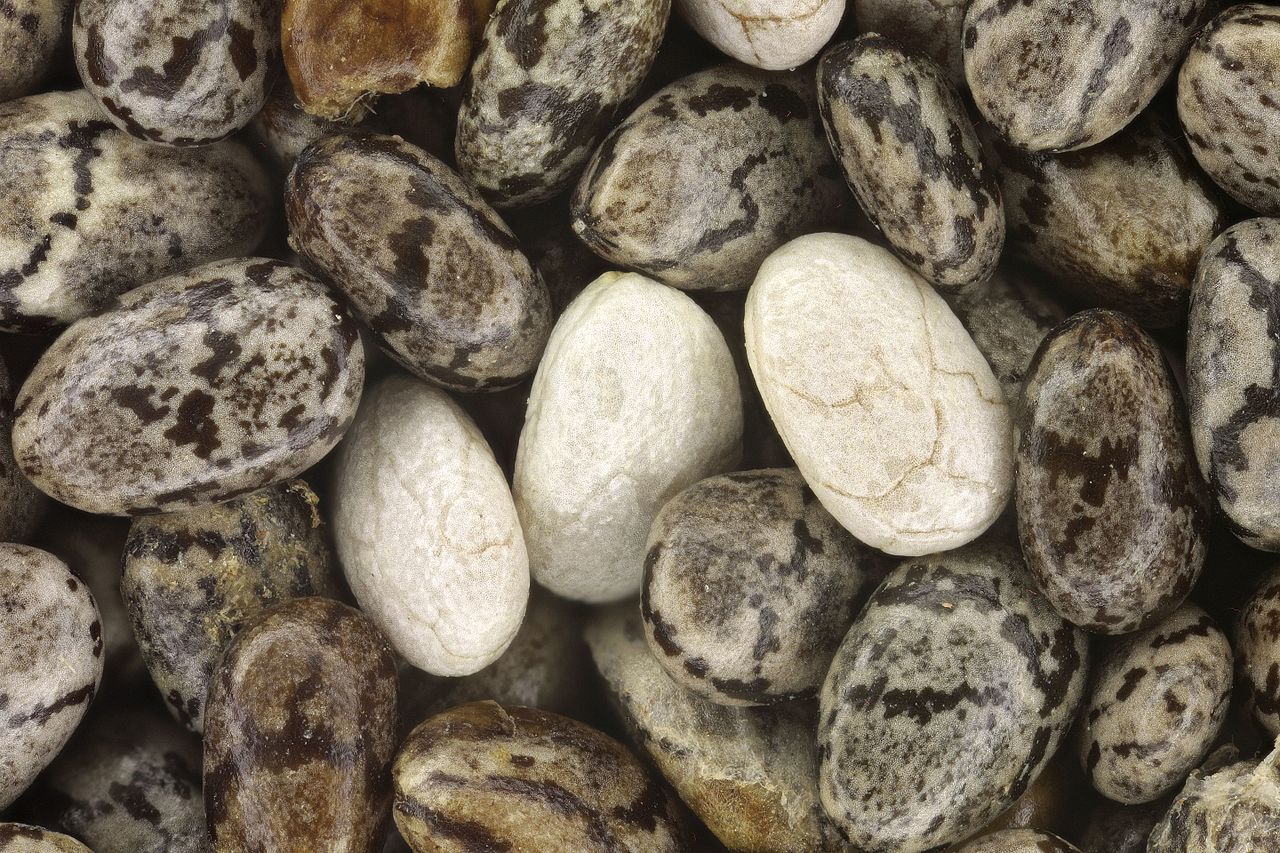
By Keegan Fields – Own work, CC BY-SA 4.0, https://commons.wikimedia.org/w/index.php?curid=56821602Oh
The reason being, is that regardless of whether a fat is labelled as ‘good’ or ‘bad’, it still contains 9 calories per gram. Sure, it was only 8 calories a gram when I was a kid, but, whatever…
My point, here, is that it’s very important to know how many calories you’re consuming and where they’re coming from. There seems to be an undercurrent of thought that ‘healthy’ or ‘clean’ calories don’t count. I wish that this was the case but it isn’t. Your body doesn’t care about how you label food, it just metabolises the calories. To your body, 100 calories from lard is no different to 100 calories from pecans. You have to be conscious of all the calories you put in your body.
I’m going to relist the 10 diet-friendly nuts and seeds, this time with their calories per 100g, as listed on the Sainsburys site:
- Almonds – 658 calories per 100g
- Cashews – 586 calories per 100g
- Hazelnuts – 666 calories per 100g
- Macadamia – 772 calories per 100g
- Walnuts – 701 calories per 100g
- Chia – 414 calories per 100g
- Flax – 508 calories per 100g
- Pumpkin – 621 calories per 100g
- Sesame – 622 calories per 100g
- Sunflower – 598 calories per 100g
This means that the mean average of 100g of these nuts will contain 677 calories. In terms of a serving size, this varies. Some sources suggest that a handful is a serving. Others recommend a specific number for each nut. Elsewhere, I have seen the suggestion of an ounce. As an ounce is roughly 25g, I’ll adopt a serving to be 25g, to make life easier.
As such, a 25g serving of the average of these nuts contains 167 calories. And a serving of that size really isn’t much. If you happen to ‘accidentally’ stray up to 30g, that bring the total number of calories up to 200, for just a slack handful of nuts.
At this stage, I think that it’s worth pointing out that the recommended average daily calorific intake is as follows:
- For women: 2,000 calories (1,500 calories to lose a pound of weight a week)
- For men: 2,500 calories (2,000 calories to lose a pound of weight a week)
If you’re a woman who enjoys a slack handful of nuts each day, it’s using up 10% of your calorific intake. While I fully accept that it’s essential to include fat in your diet and that the fat contained in nuts is healthier than some of the alternatives; I can’t justify this for myself.
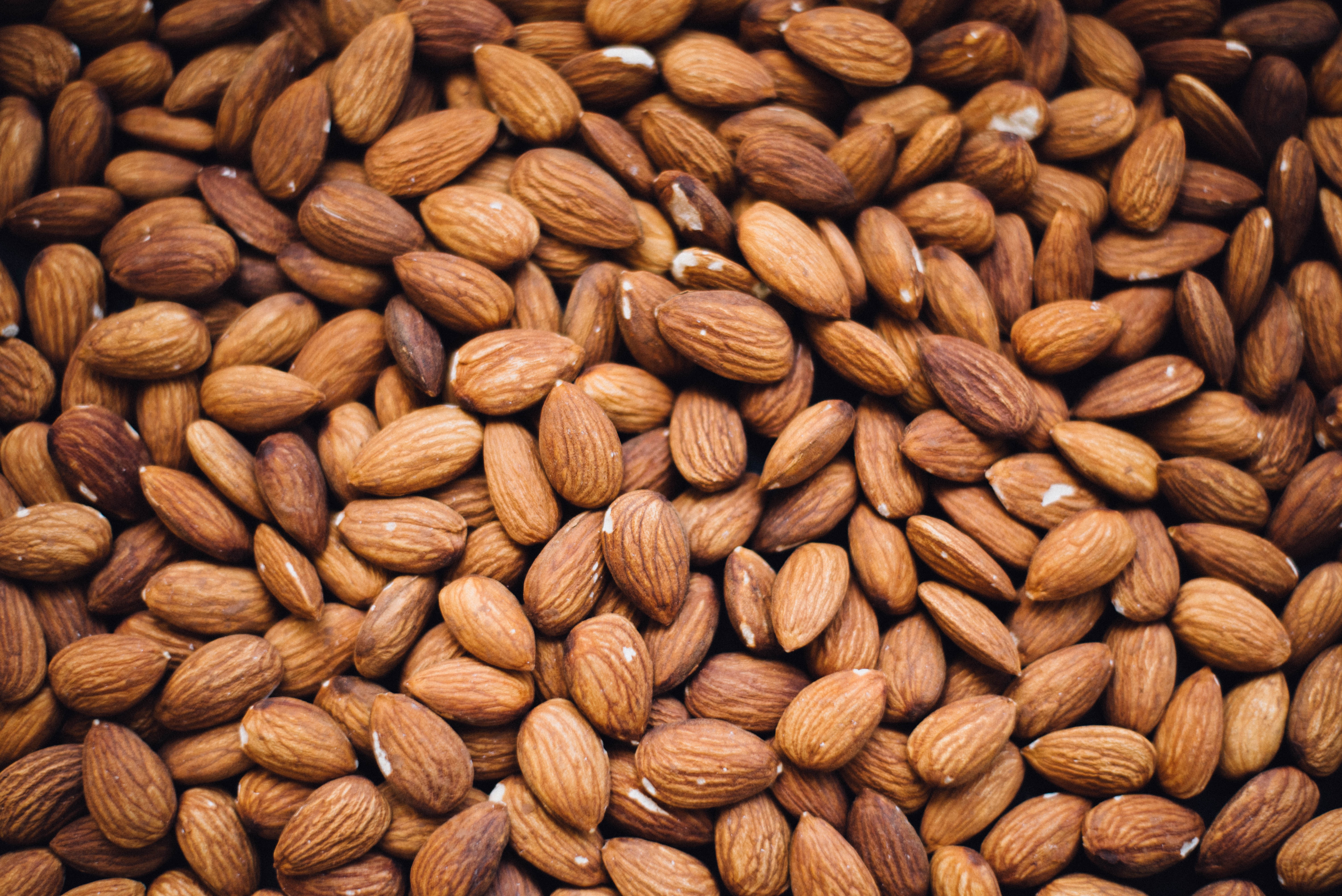
Photo by chuttersnap on Unsplash
Likewise with seeds. The mean average of 100g of these seeds contains 553 calories. This, at least, is better than the calories in nuts. Additionally, the serving size for seeds is lower; typically a tablespoon. While a tablespoon is the measure of 15ml, I’m going to assume that this translates to 10g of seeds. Again, for the sake of convenience.
This means that a 10g serving of the average of these seeds contains 55 calories. While this is far more easy to carry in a 2,500 calorie daily allowance, it does nothing to fill me up. While flavour is useful, I can get that from herbs and spices which are, for the most part, calorie free.
To my mind, there is no point in adding sunflower seeds to my diet, when I can achieve the same result, fat wise, simply by cooking with sunflower oil.
Which is why, when I’m actively dieting, nuts and seeds are excluded from what I eat. When I get to my maintenance phase, my ongoing diet, I’ll be happy to include some nuts and seeds. But in a carefully managed way.
Let me contextualise this by including a list of five other foods that I refuse to eat when I’m actively dieting, along with their calorific values:
- Nuts – 667 calories per 100g
- Seeds – 553 calories per 100g
- Dark Chocolate – 580 calories per 100g
- Pringles – 514 calories per 100g
- Cookies (Choc Chip) – 491 calories per 100g
- Cheesecake (New York) – 350 calories per 100g
- Ice Cream (Chocolate) – 171 calories per 100g
And, fine, the fats contained in the other excluded foods are far less healthy (although the dark chocolate does have a decent amount of monounsaturated fat), it’s all still calories that I neither want nor need.
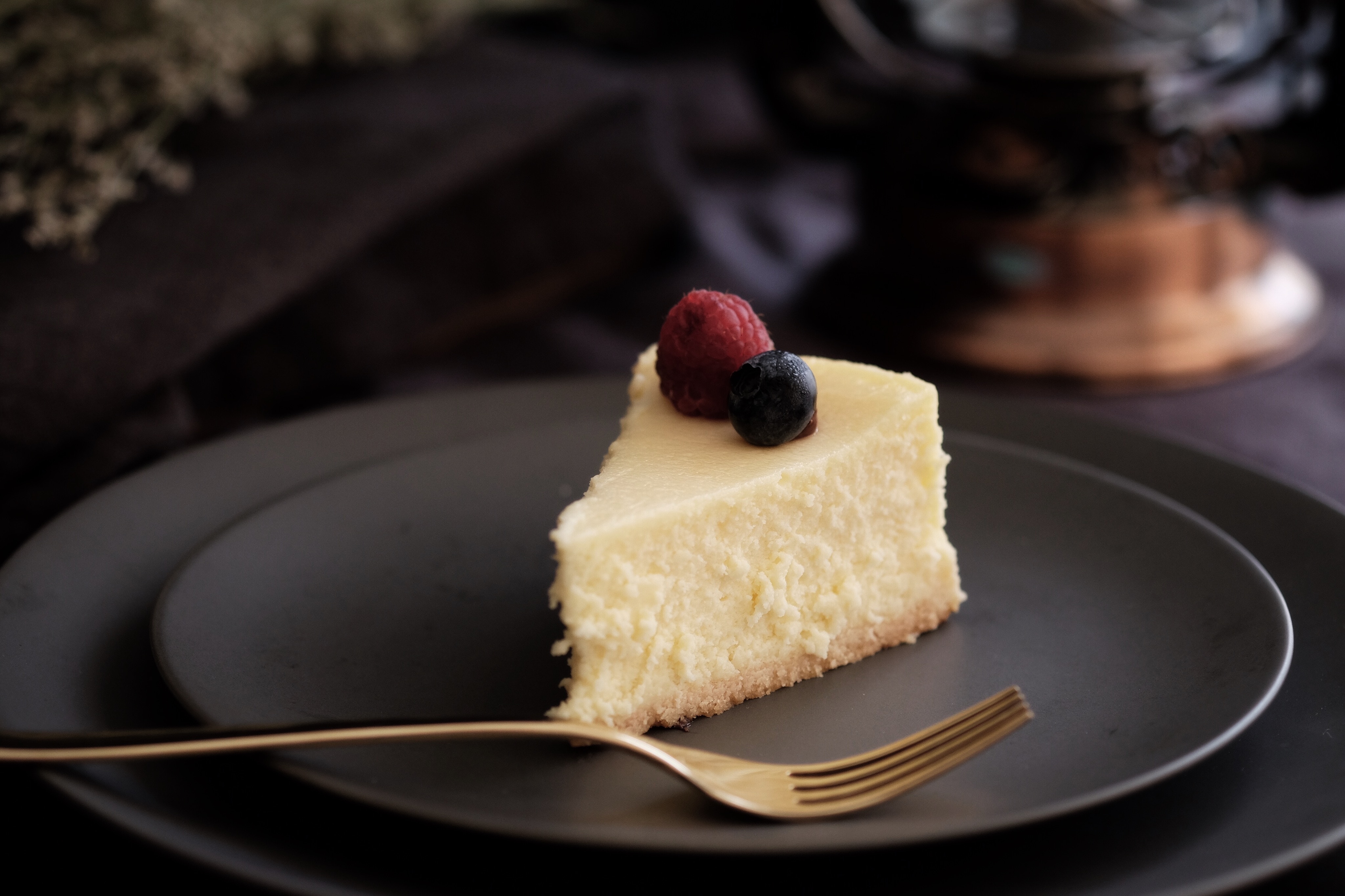
Photo by Tina Guina on Unsplash
And I think that this is part of the problem with the current fads with food. Nuts and seeds are pushed as super foods that are an essential part of everyone’s diets. But they’re not. Not by a long shot.
Good sources of monounsaturated fats include:
- Olive oil
- Rapeseed (Canola) oil
- Sunflower oil
- Avocados (I’ll be coming back to this!)
Good sources of polyunsaturated fats include:
- Sunflower oil
- Soy
- Tofu
- Oily fish (Salmon, Tuna, Mackerel, etc)
Why would I need nuts and seeds in my diet when I can get the same fats by grilling a fillet of salmon and serving it with vegetables, stir-fried in rapeseed oil? To my mind, this is a far better alternative than blowing as much as 10% of your daily calorific intake on 16 sodding cashew nuts. More, if you’re actively dieting.
16!
Wow! That’ll leave me feeling stuffed!
I understand that fat is an essential component of every diet. I accept, for the purpose of this post, that monounsaturated fats and polyunsaturated fats are the fats you should be aiming for. But I don’t agree that you have to eat nuts and seeds to get them.
Personally speaking, I get my monounsaturated and polyunsaturated fats by other means. I simply cook with rapeseed oil and ensure that I eat at least one meal of oily fish a week. Bingo! All the ‘healthy’ fats I’ll ever need. And no calories wasted by snacking on nuts, or adding seeds where they don’t need to be.
Now, when I finish actively dieting, this will change. I’ll introduce both nuts and seeds to various of the meals that I cook, for both texture and flavour reasons. I won’t, however, get in the habit of regularly snacking on nuts, because that will quickly push me into a calorie surplus, and the weight will come back on. I want my current diet to be my last diet.
Which brings me on to avocados…
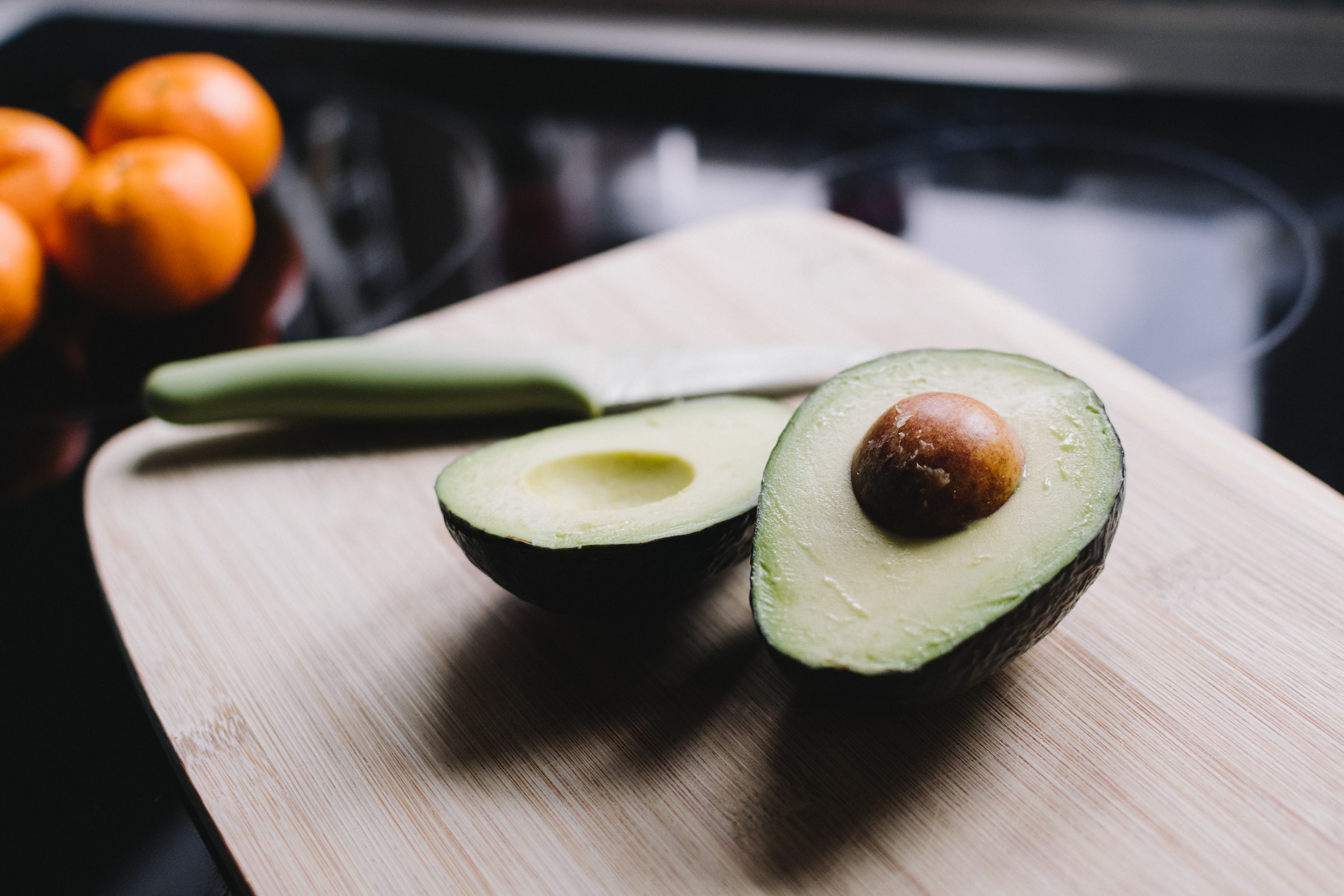
Photo by Kelly Sikkema on Unsplash
Avocados contain 198 calories per 100g. This is more calories, per 100g, than the chocolate ice cream that I listed above.
Avocados contain 19.5g of fat per 100g. They’re 20% fat! Four grams of this fat is saturated.
The average avocado weighs 170g, meaning it contains 336 calories.
If you’re a woman who is actively dieting to lose a pound a week and you eat an avocado, you’ve used used a fifth (22%) of your daily calorific intake. Why would you chose to do that?!
I don’t understand why things like nuts, seeds and avocados are being pushed as really healthy food choices, when they’re so heavily calorific. I get that they’re a good source of ‘healthy’ fats but, as I’ve explained, there are better ways to get these fats. Less calorific ways. Healthier ways!
I can’t emphasise this enough: it doesn’t matter where you get your calories; they all count the same.
So, in answer to which nuts and seeds are good for your diet:
- If you’re trying to lose weight; none of them are good for your diet.
- If you’re living a healthy balanced lifestyle; all of them are good for your diet, but only in moderation.
